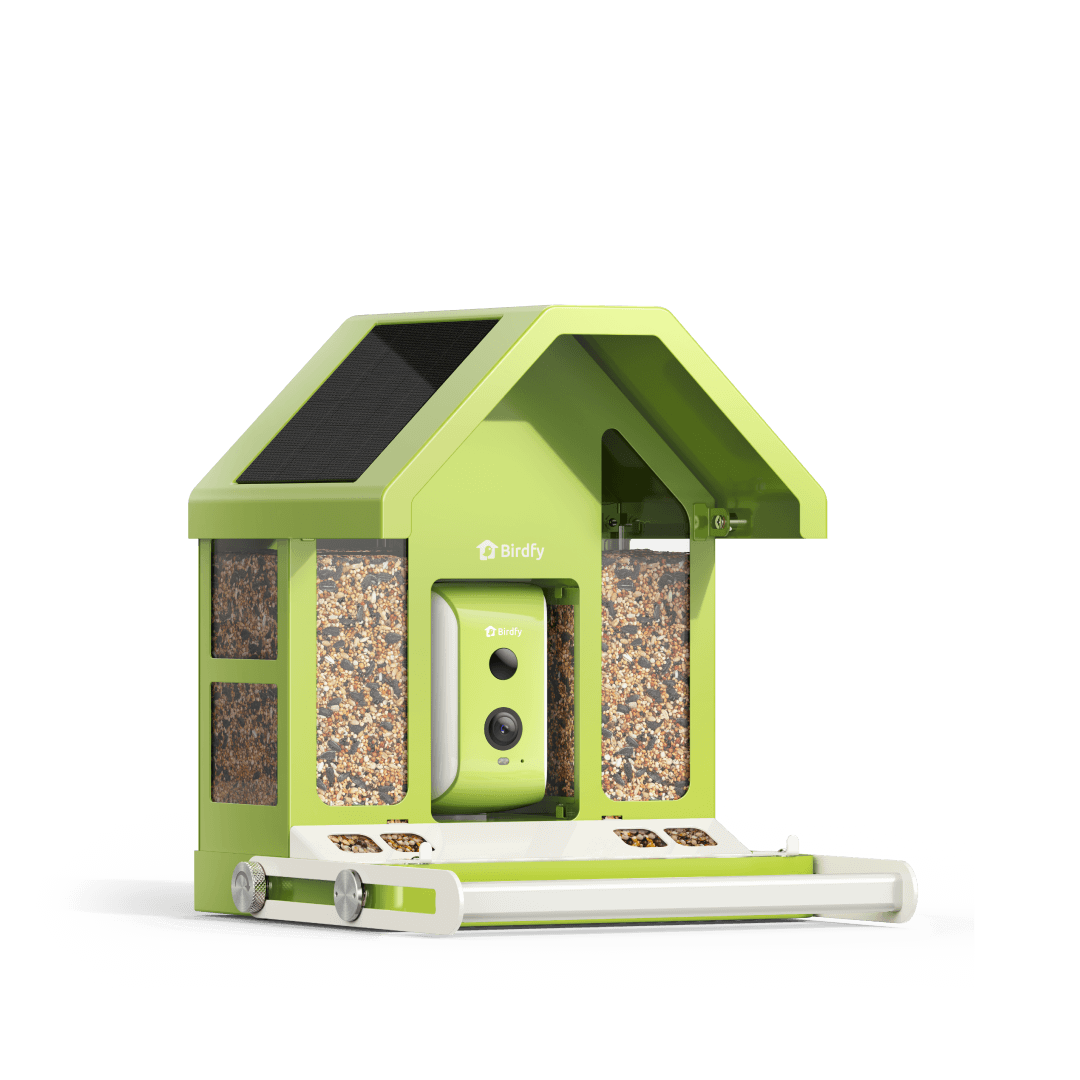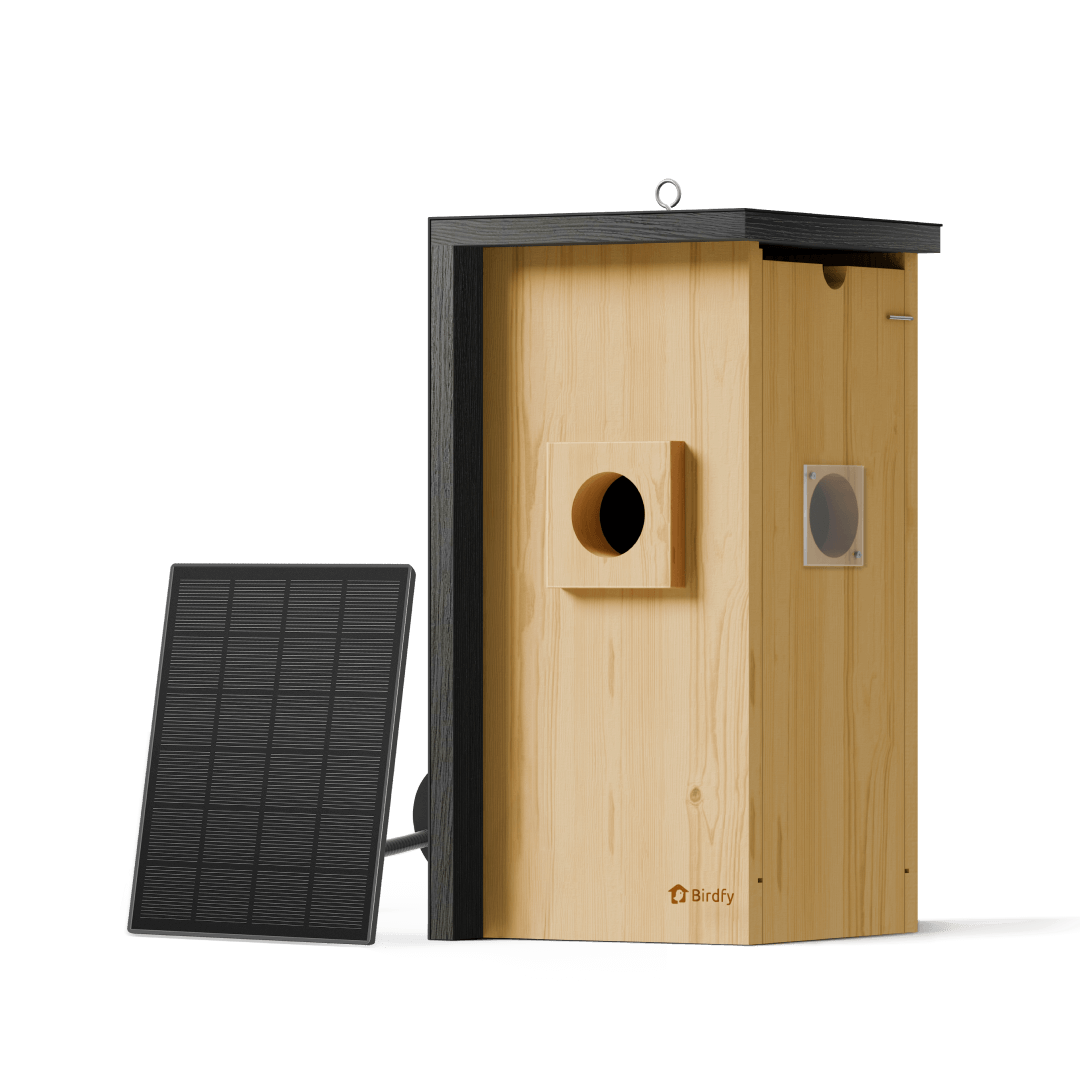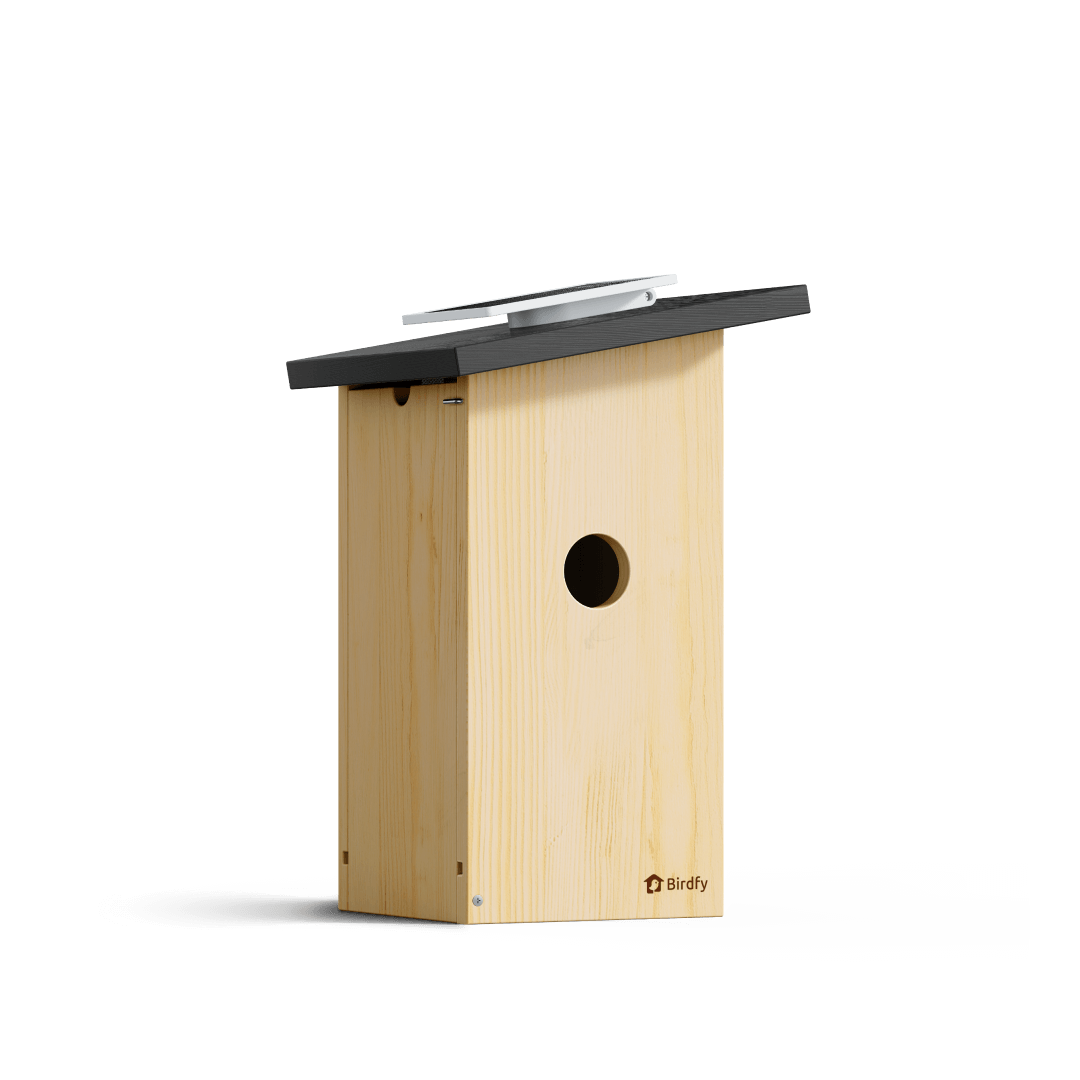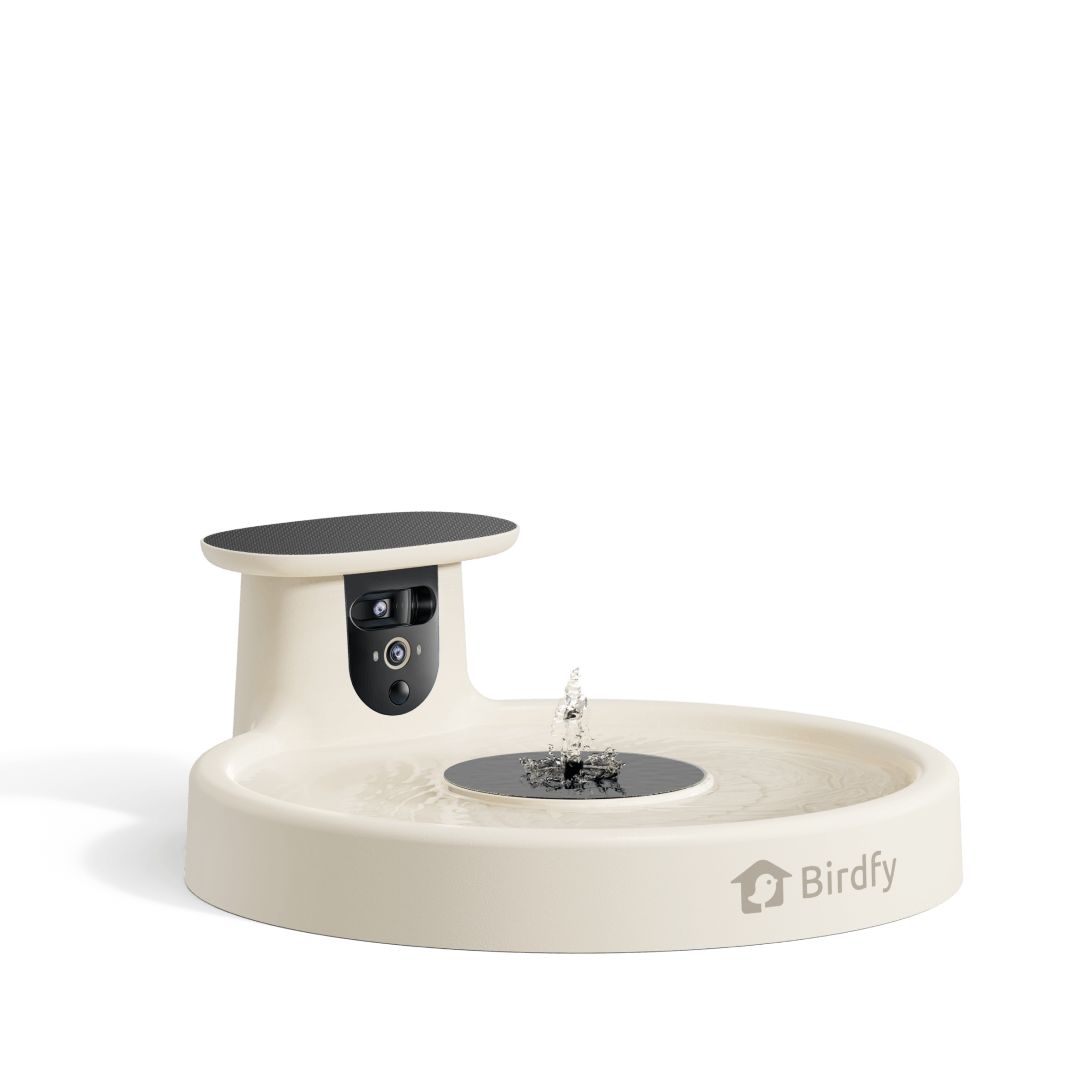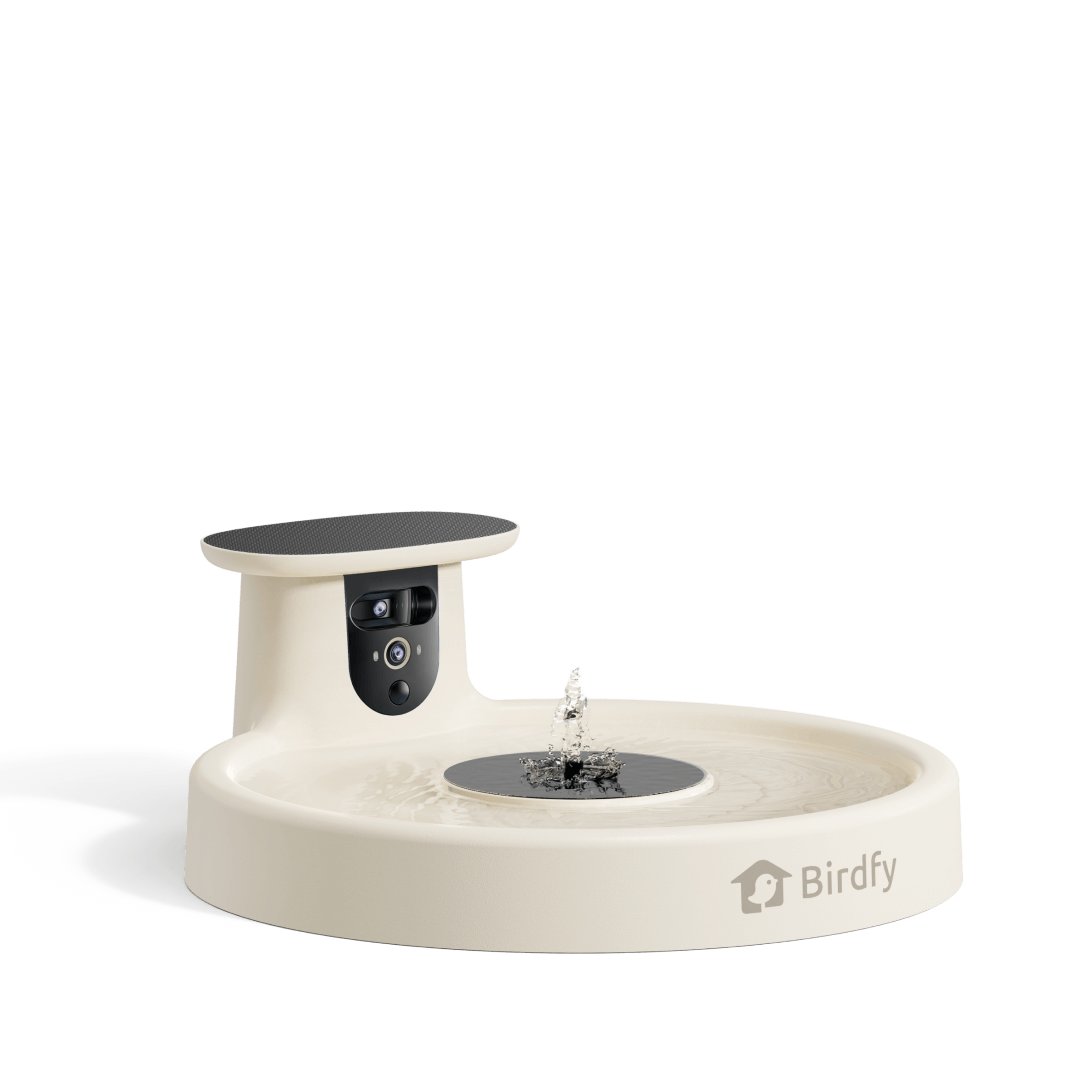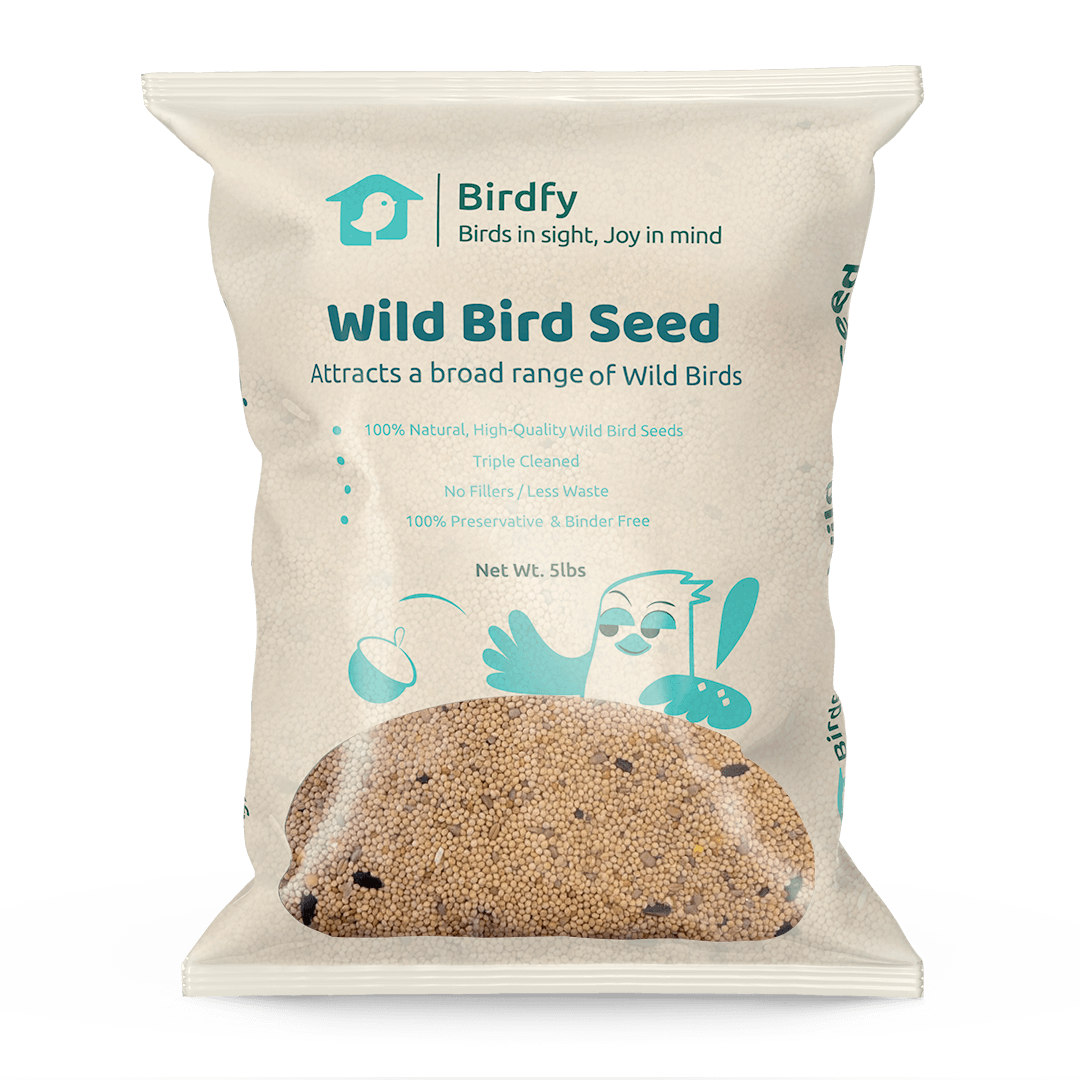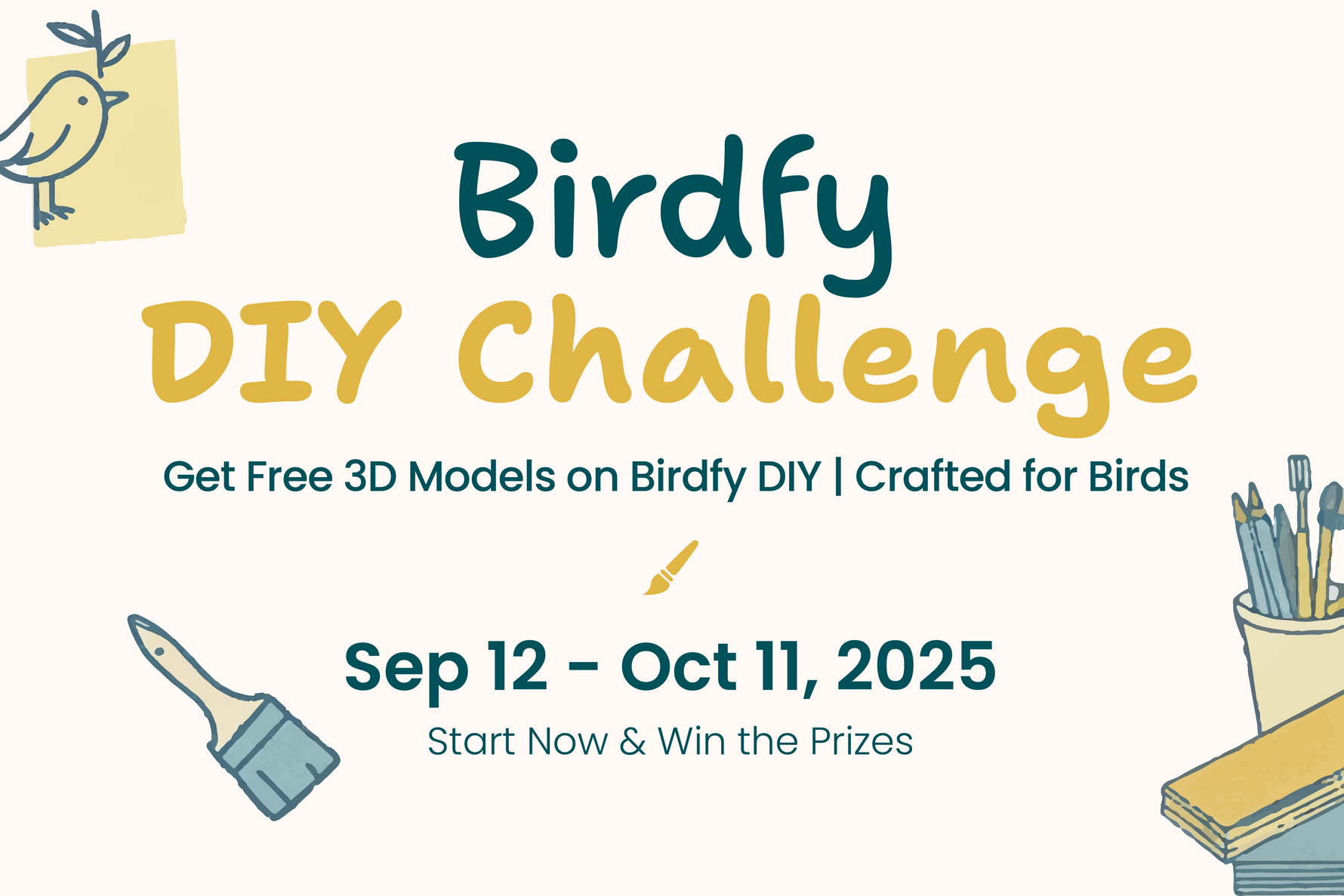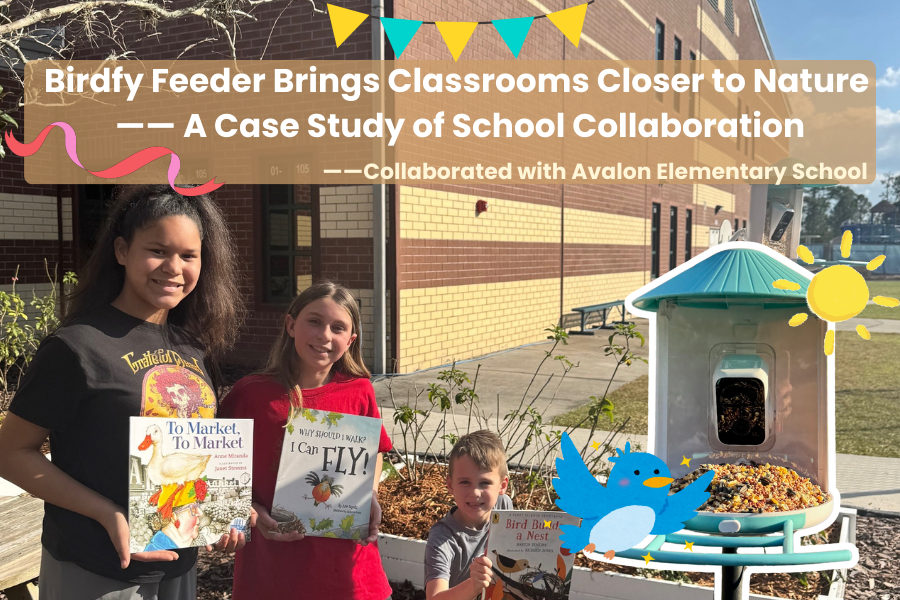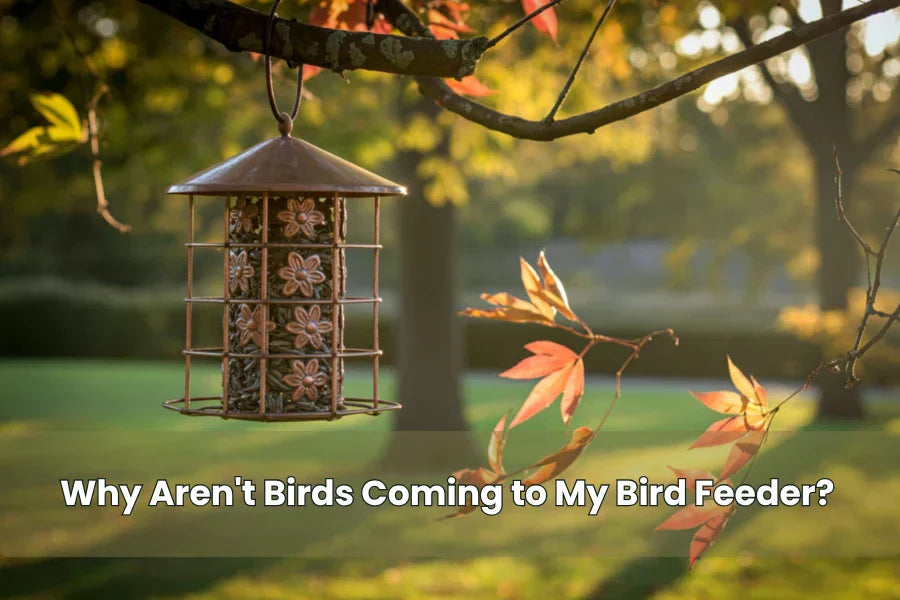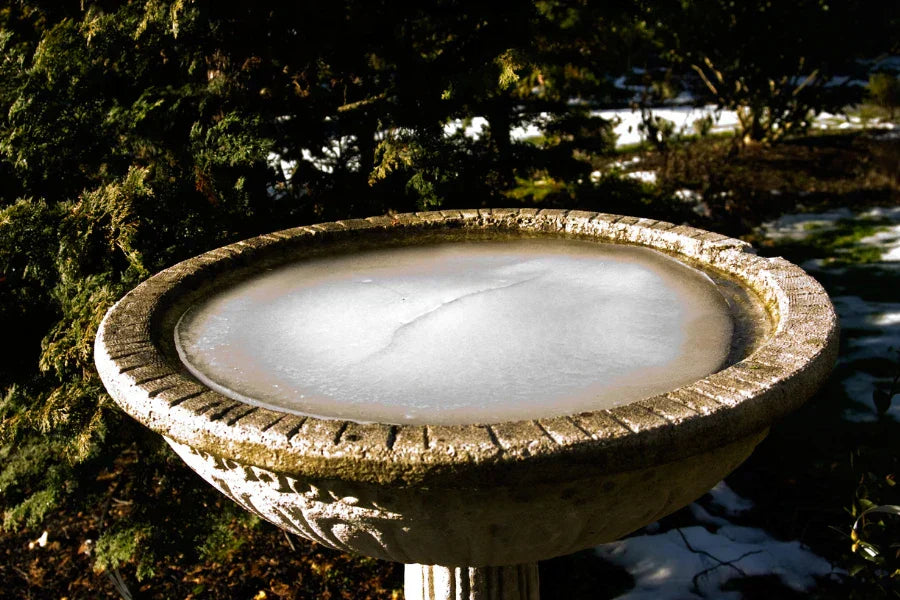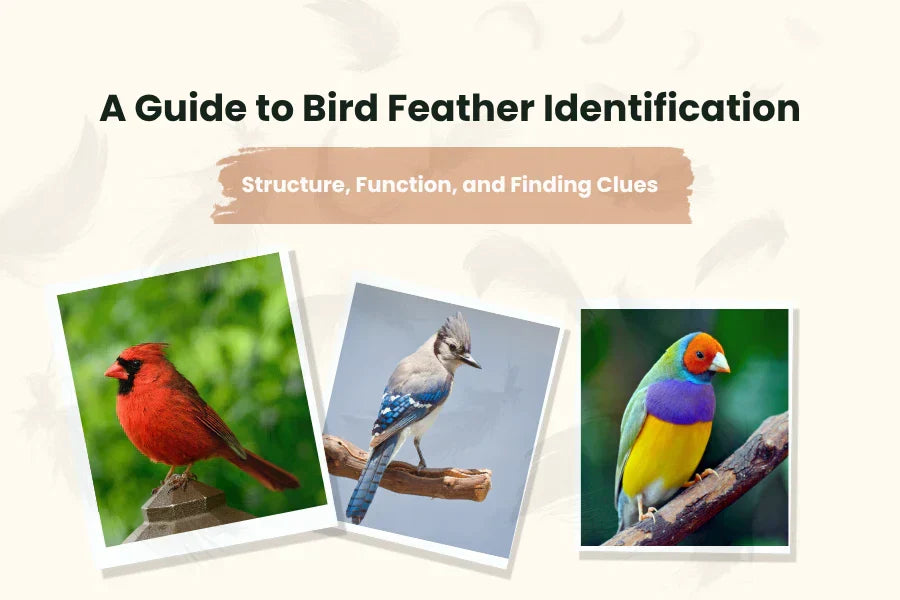How Do Birds Mate - Understanding Birds Mating Behaviors
Birds are unique animals with complex behaviors regarding mating and reproduction. Understanding how birds mate can give us deep knowledge about their future population. The courtship, mating, and reproductive behaviors of birds are vital for their survival and evolution. Behaviors like courtship displays and complex mating strategies enable birds to select suitable mates and rear offspring successfully. This article can help you to learn about bird mating.
What is Bird Mating and Why is it Important?
Bird mating is a large process by which birds give their babies. The process is very important for their future generation and evolution of bird species.
Understanding bird mating behaviors helps us to learn more about their future continuation. It also helps us the importance of preserving these natural processes to maintain biodiversity.
Why Are the Courtship Rituals of Birds?
Courtship rituals are amazing displays of behavior to attract a mate. These rituals can include visual displays, vocalizations, and other unique behaviors.
I. Courtship Behaviors in Birds

1. Bright Colored Birds Are More Attractive to Mates
Birds usually use their bright colors to attract mates. For example, peacocks their colorful tail feathers to attract peahens. The vibrant colors are signs of good health and strong genetics, that’s why bright-colored birds are more attractive to mates.
Examples:
- Peacock: Peacocks spread their beautiful tail feathers like a hand fan display.
- Blue-footed Booby: This species performs a high-stepping modern dance to show off its bright blue feet.
2. Birds Unique Vocalization in Courtship
Examples:
- Nightingales: This bird is especially known for its complex and sweet melodious songs.
- Parrots: We already know this bird. This species has the most advanced and melodious song.
3. Birds' Mates Use Scents to Identify Each Other

Courtship also includes nest building and gift-giving, where making elaborate nests or obtaining food reflects the ability to provide and care for offspring. Additionally, although less common, scent marking through pheromones can attract mates. For example, Crested Auklets release a citrus-like scent to draw in potential partners.
4. Seasonal and Environmental Influence in Birds Courtship.
What season do birds call for mates? The timing and expression of courtship behaviors are deeply influenced by seasonal changes and environmental conditions. Factors such as daylight hours, food availability, and nesting site selection play crucial roles in determining when and how birds court each other.
Migratory patterns also require precise timing to ensure that courtship, mating, and offspring rearing happen under optimal conditions.
Do birds mate all year round? Birds typically mate during the spring season, which offers ideal conditions for raising their young.
The warmer temperatures and increased daylight hours in spring allow abundant food sources, such as insects and seeds, which are crucial for feeding both the parent birds and their chicks. Additionally, the springtime environment provides lots of opportunities for nest building and rearing offspring in a relatively safe and resource-rich setting. This seasonal timing aligns with the birds' biological rhythms and environmental cues, ensuring the best chances for successful reproduction and the survival of their young.
Spring Mating: Most birds choose the spring season for mating when the conditions are ideal for raising young. This season longer daylight hours and warmer temperatures provide good food sources for raising their young. Also, this is the best season for nest building.
5. Why do birds dance to mate?
Birds dance to mate as part of their courtship rituals, which serve to attract and impress potential partners. These dances often involve elaborate and synchronized movements that display the bird's physical fitness, coordination, and overall health. By performing these dances, birds communicate their genetic quality and suitability as a mate. Additionally, these dances help to strengthen pair bonds and ultimately increase the chances of successful mating and raising offspring.
For examples:
- Blue-footed Booby: Blue-footed Booby engages in high-stepping dances.
- Japanese Crane: This species of bird performs synchronized bowing and leaping.
6. What birds dance to mate?
Many birds perform mating dances to attract mates. Here are a few examples:
- Peacocks: These birds spread their feathers to attract peahens.
- Manakins: These species of birds engage in rapid, acrobatic dances.
- Birds of Paradise: These are the only birds that display vibrant dances.

7. What are birds that never mate?
Some birds typically do not mate due to various factors such as environmental conditions or lack of suitable mates. Examples:
- Emperor Penguin: During harsh conditions, some may not mate.
- Wandering Albatross: May spend long periods at sea without mating.
- Great Egret: Sometimes remains single due to environmental factors.
II. How Birds Mate

1. Feathered Romance Unveiled: Intriguing Insights into the Diverse World of Bird Pairing Strategies
2. Mating Rituals :A Love Game of Dance, Song and Gifts

3. Sculpting the Future: Birds Copulation and the Art of Genetic Legacy
4.The Presence of Penises in Birds: Birds' Reproductive Adaptations
III. What are the reproductive habits of birds?
1. Bird House Harmony: Finding the Intricate Ballet of Nest Construction and Location Tactics in Bird Reproduction

Do birds build nests to mate? Building good nesting and selecting a safe location are key aspects of a bird’s reproductive behavior. Birds nest in a variety of ways, from scraping the ground to complex arboreal structures, reflecting their ecological niche.
In some species, males and females share the task of nest building, while in others, males and females divide the labor, with one defending the territory and the other building the nest. This cooperation optimizes conditions for egg laying and chick development.
Hummingbirds, for example, carefully select nesting sites to protect themselves from predators and inclement weather. They also have easy access to abundant nectar, which is essential for their high metabolic rate during reproduction.
2. Hatching Wonders: Decoding the Enchanting World of Incubation - A Symphony of Timing, Survival, and Parental Devotion

Incubation is a critical period where birds keep their eggs warm until they hatch. This period requires vigilance against predators and environmental challenges. Examples:
- Blue Jays: Both parents take turns incubating eggs.
- Hummingbirds: Carefully select nesting sites to protect against predators and weather.
3. Nurturing the Next Generation: A Journey into the Extraordinary Parenting Efforts of Fledgling Birds and the Art of Raising Independent Birds

After hatching, chicks rely on their parents for food and protection. Parents teach their young basic survival skills such as foraging and flight. Examples:
- Alder Flycatchers: Teach young to catch insects and navigate habitats.
- Blue Jays: Both parents feed and protect the chicks.
4. Egg-cellent Deception: Unraveling Avian Parasitism in Nature's Intriguing Nesting Strategies

In the complex dance of bird reproduction, the goldfinch is a fascinating example of egg parasitism. Similar to other well-known avian parasites such as cuckoos and cowbirds, goldfinches use a unique strategy of laying their eggs in the nests of other birds, effectively outsourcing parental care.
This behavior demonstrates nature's remarkable adaptability and the variety of strategies that birds use to ensure reproductive success. In the face of such deceptive behavior, host species must evolve their strategies to combat the parasite.
They may employ strategies to identify and remove eggs or alter their nesting behavior to thwart the efforts of the parasitic species. The ongoing evolutionary arms race between avian parasites and their hosts highlights the complex balance of nesting strategies in nature.
5. Do birds have to mate to lay eggs?
Birds do not necessarily have to mate to lay eggs, but they must mate for the eggs to be fertilized and develop into chicks.
- Unfertilized Eggs: Female birds can lay unfertilized eggs without mating.
- Fertilized Eggs: For a bird egg to hatch into a chick, it must be fertilized by sperm from a male bird.
IV. Conclusion

More Articles:
1 comment
Nice Useful information. can i use your website external link to my blog posts?




